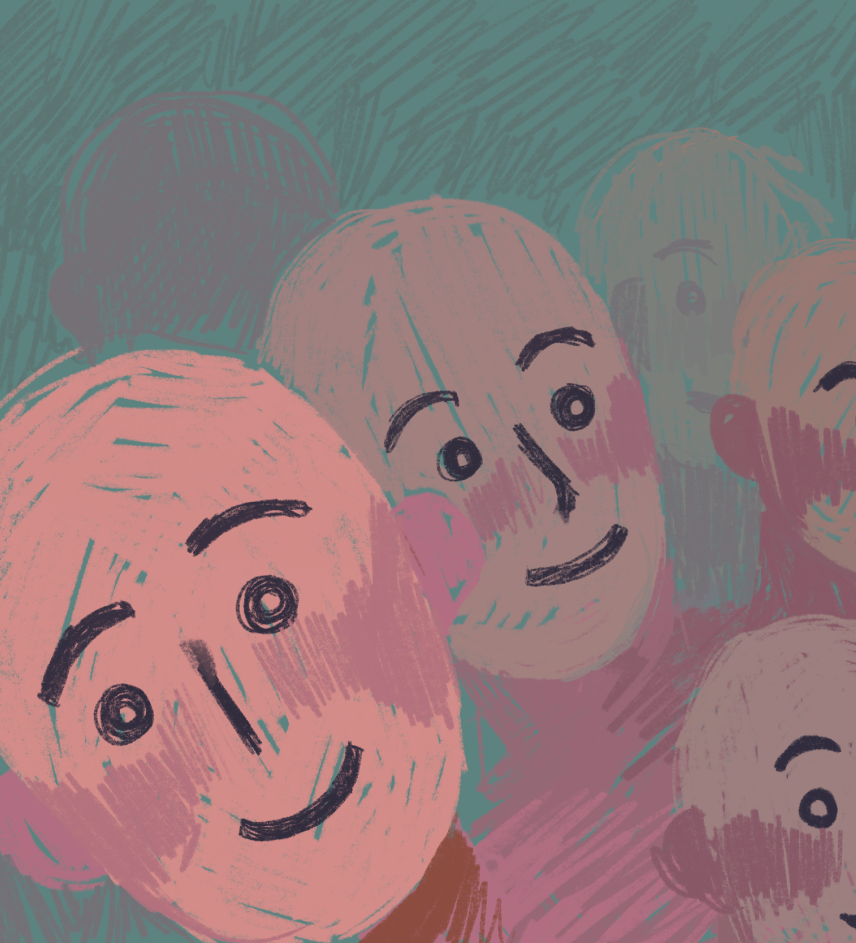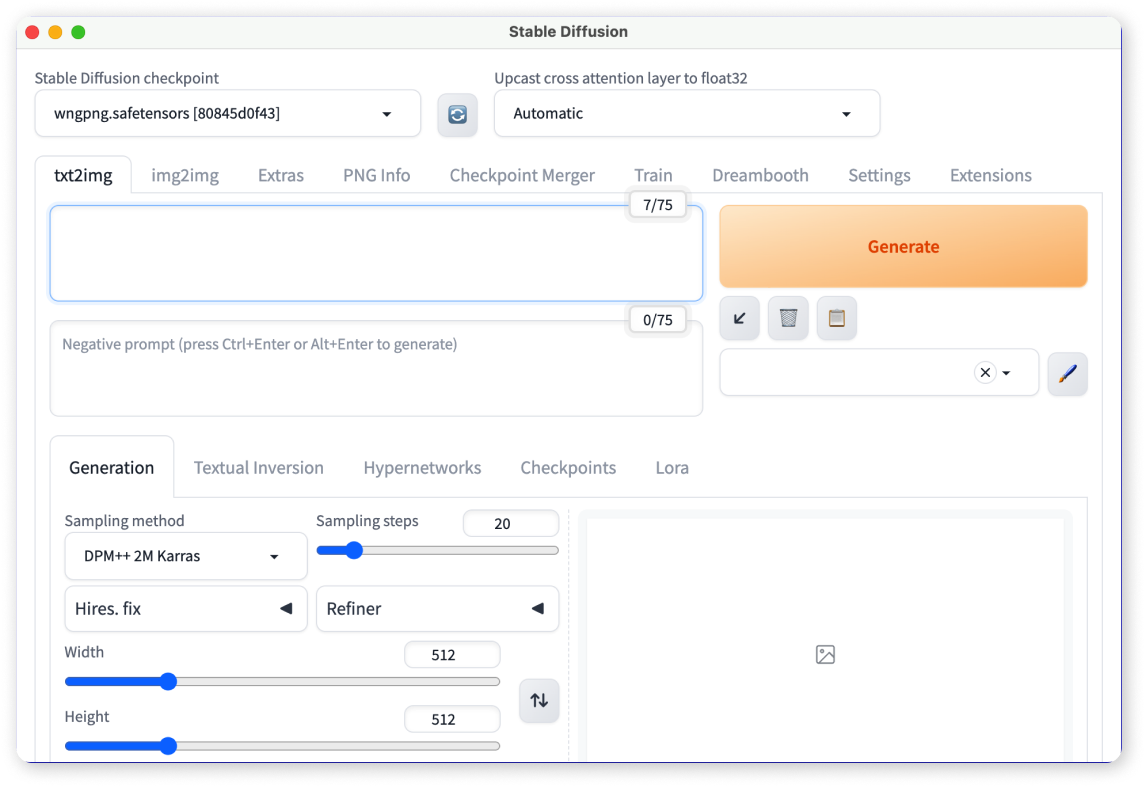“In the style of wngpng”
Fears and reflections on the ethics of AI art

On art and artificial intelligence
Ever since I could remember, I have been drawing—putting colour on the page and scribbling out fragments of how I viewed my world.
I've always loved seeing the art of other people, giving me a glimpse into their minds, a window into their worlds. And indeed, art is said to be a definitive characteristic of the human species by Professor Gillian Morriss-Kay from Oxford University (2010).
If art is a lens in how we see the world, what can be said about art that is generated by a non-human entity? What can we say about pieces that are an amalgamation of unidentifiable sources—a mutated form of self expression?
“Art, in its many forms, is practised by almost all human cultures and can be regarded as one of the defining characteristics of the human species.”
The experiment
Like many artists, the idea that my artworks and art style—something that is deeply personal and rooted in my identity—could be used as training data and replicated through generative AI models deeply unsettled me.
Current generative AI models have already been trained to appropriate the styles of uncredited and unremunerated artists (Bridle, 2023). If we associate an artist's distinct style as the cumulation of their efforts and personal identity, is the replication of their style a form of identity theft? What if images opposing the original artist's views were generated in their style?
I wanted to explore this aspect of identity through practice-led research using an AI trained on my own art style.
For the process of this experiment, I used RunwayML's Dreambooth to create a 'checkpoint' based off Stable Diffusion 1.5's model— 'in the style of wngpng'.
I picked 17 illustrations from my illustration archive which had a consistent style to do this, duplicating some images once for extra training data.

















Above: the 17 illustrations I used to train the image model.
Who am I in the eyes of AI?
AI algorithms and generative image models don't have eyes, so to say, but the representation of an artist's style without plausibility or doubt conjures up a singular identity of the artist to be interpreted by its user.
When we tell an image generation model to create art “in the style of [name]”, we associate the results to the artist whom we've included in the prompt, rather than it being a piece of work generated with biases from thousands (or even millions) of other unattributed sources of photographs and images. As Francis (2023) points out, our anthropomorphisms of AI removes the amount of human labour within the process.
When I ask AI to generate an image “in the style of wngpng” (wngpng.safetensors being the stable diffusion checkpoint trained on my drawings), it isn't doing the same interpretations that I would do in my brain for my drawings.
It merely generates a superficial copy of an artwork with my supposed “art style” as an additional layer on top of data is already available. When I add clarifying words or descriptors to create something that might resemble what I might create, the act of prompt engineering is what turns it into a piece “in the style of Wing Pang”.


Stable Diffusion Web UI with my custom .safetensors checkpoint loaded
Stable Diffusion Web UI with my custom .safetensors checkpoint loaded




























































Images generated with a custom model of Stable Diffusion trained on my own artworks, 05/05/2024.
Conclusion
“In the style of wngpng” is not in the style of Wing Pang
While AI can be used to assist in forming ideas, colours and compositions of illustrations, it would never fully replace the work of a skilled artist.
Just like how processes such as photo-bashing and collage have helped artists to create work more efficiently, AI is yet another tool that requires just as much human thought and input.
Generative image models are just that. They generate images, not produce artworks—as art is defined by the uniquely human emotions and processes of interpretation.
Reference List
- Bridle, J. (2023). The stupidity of AI. The Guardian. https://www.theguardian.com/technology/2023/mar/16/the-stupidity-of-ai-artificial-intelligence-dall-e-chatgpt
- Hunger, F. (2023). Unhype Artificial 'Intelligence'! A proposal to replace the deceiving terminology of AI. Zenodo. https://doi.org/10.5281/zenodo.7524493
- Morriss-Kay G. M. (2010). The evolution of human artistic creativity. Journal of anatomy, 216(2), 158–176. https://doi.org/10.1111/j.1469-7580.2009.01160.x